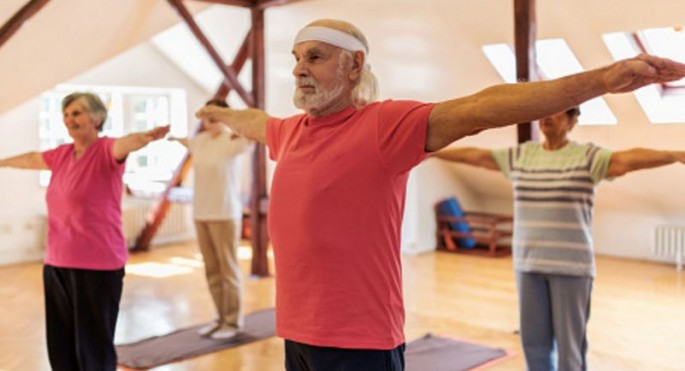A study that took all of 45 years to complete strongly confirms that physical activity is the second most common cause of death among middle-aged men behind smoking.
Published in the European Journal of Preventive Cardiology, the "Study of Men Born in 1913" included 792 men from Gothenburg (Sweden's second largest city) recruited in 1963. The study was designed to investigate risk factors for cardiovascular disease and mortality.
"The benefits of being physically active over a lifetime are clear," said lead author Dr. Per Ladenvall, a researcher in the Department of Molecular and Clinical Medicine, Sahlgrenska Academy at University of Gothenburg, Sweden.
"Low physical capacity is a greater risk for death than high blood pressure or high cholesterol."
He said the research found that low aerobic capacity was associated with increased rates of death. The association between exercise capacity and all-cause death was graded during the study.
In 1967, the 792 men (then 54 years old) did an exercise test. Of this number, 656 also did a maximum exercise test in which they pushed themselves to the limit.
The remaining men were excluded from the maximum exercise test because they had a health condition that could make it unsafe. Maximal oxygen uptake (called VO2 max) was measured among the 656 men.
VO2 max is a measure of aerobic capacity and the higher the figure, the more physically fit a person is.
After the initial examination in 1967, the men were followed up until 2012 at the age of 100 years. Several physical examinations were performed, about one every 10 years. Data on all-cause death was obtained from Sweden's National Cause of Death Registry.
To analyze the association between predicted VO2 max and mortality, the men were divided into three groups ranging from low to high: 2.00 l/min, 2.26 l/min, and 2.56 l/min.
Researchers found that each group increase in predicted VO2 max was associated with a 21% lower risk of death over 45 years of follow up, and after adjusting for other risk factors (smoking, blood pressure and serum cholesterol).
"The risk associated with low aerobic capacity was evident throughout more than four decades and suggests that being physically active can have a big impact over a lifetime," said Dr. Ladenvall.
"We have come a long way in reducing smoking. The next major challenge is to keep us physically active and also to reduce physical inactivity, such as prolonged sitting."




























